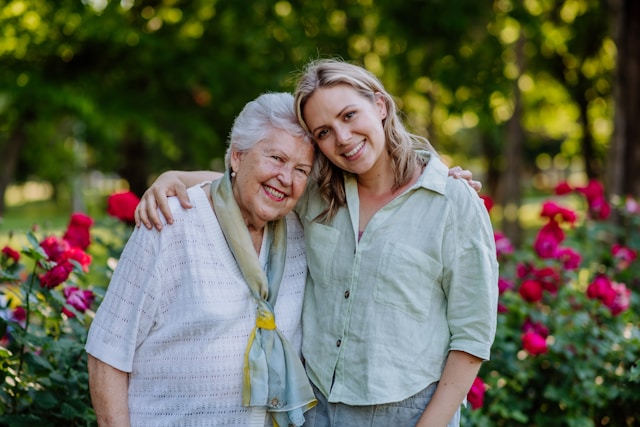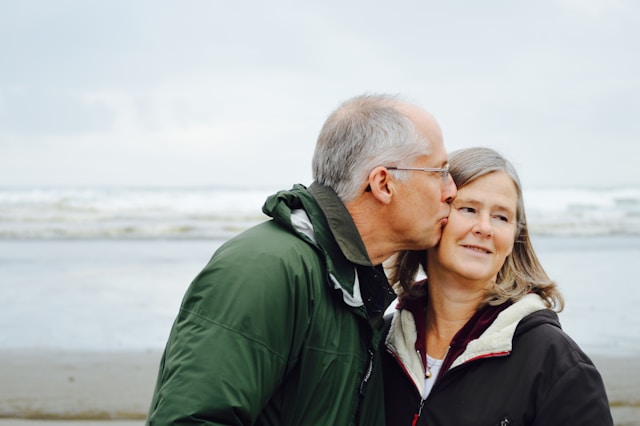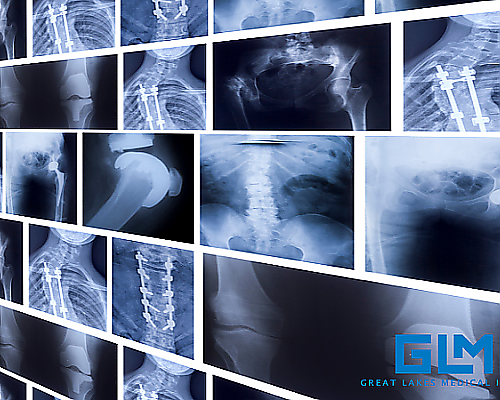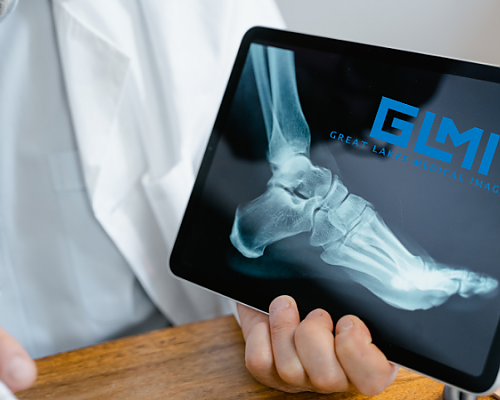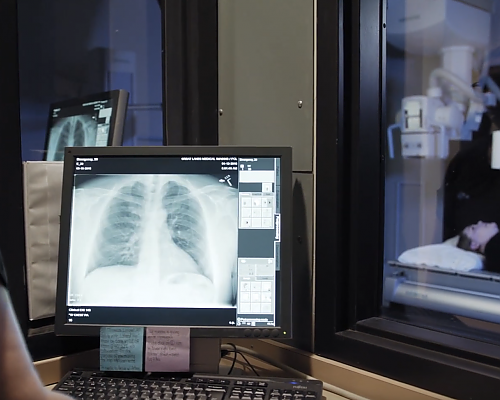Our Blog
Minimally Invasive Treatments for Varicose Veins
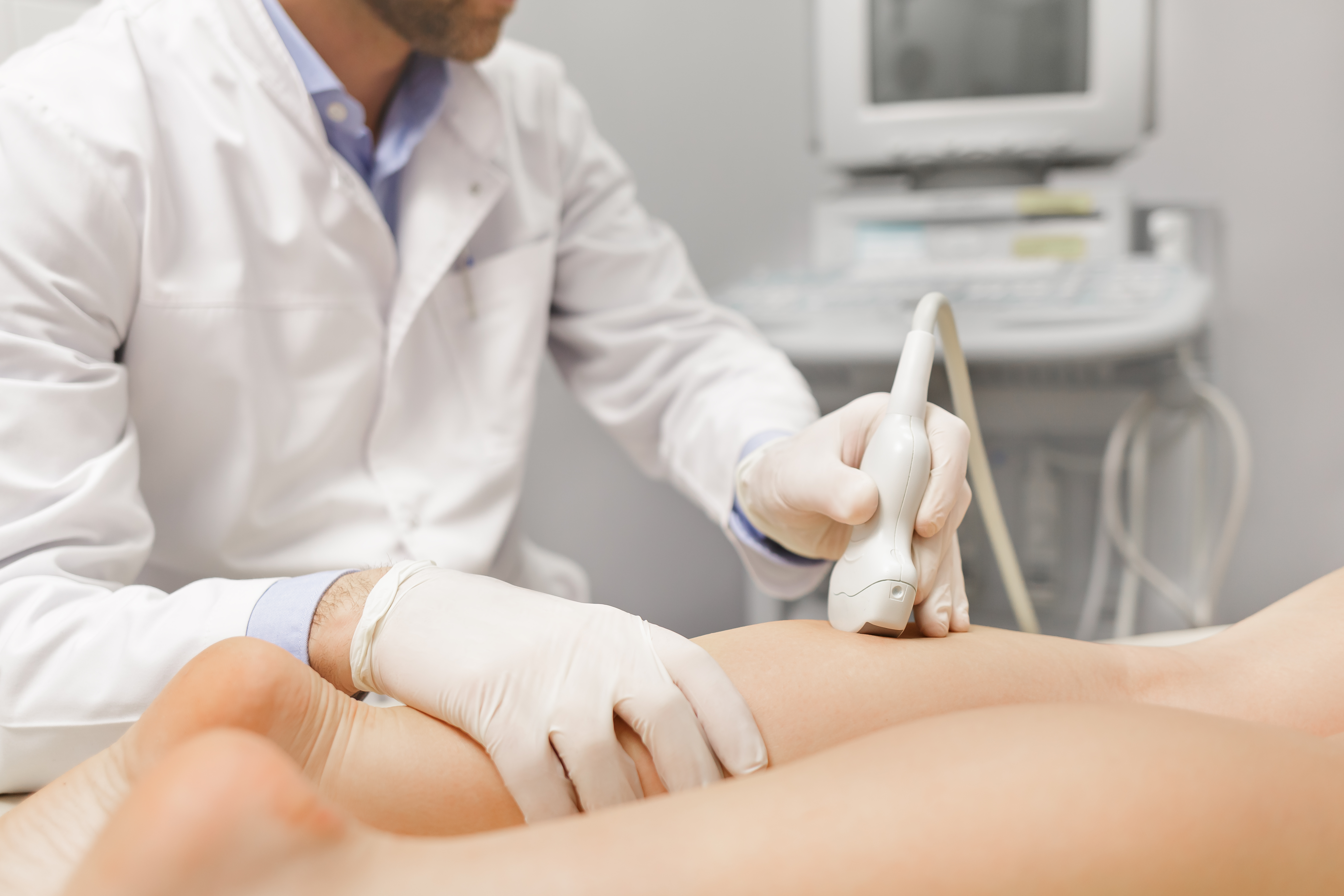
Varicose veins are prominent, ugly veins that frequently occur in the legs. These red, blue, or purple veins are primarily a cosmetic issue for many people. However, varicose veins can cause discomfort, cramping, and pain in the legs.
They may also indicate a more serious vein problem that has yet to be identified, such as chronic venous insufficiency. Whether you seek treatment because of leg pain or just want to make your legs look better, minimally invasive treatments are available.
What Are Varicose Veins?
Veins carry blood to the heart, which pumps it to the lungs to pick up oxygen. Often, these veins must work against the forces for gravity to move blood up towards the heart.
To make this possible, veins have valves built into the walls. When the vein contracts to move blood upward, the valves open, when the vein relaxes again, the values close to keep blood from moving back.
As a person grows older, the vein walls can lose elasticity. That can cause some valves to gap enough that blood moves backward. The blood pools around the next healthy valve, causing vein engorgement. If the vein is close enough to the skin surface, you will see it. This is a varicose vein.
Spider Veins vs. Varicose Veins
Spider veins are tiny vessels that are red, purple, and blue, as well. They are also twisted and rotating, often creating a spiderweb-like pattern. Spider veins are very easily seen through the skin. They are most commonly found on the legs, chest, and face. In a sense, they're smaller versions of varicose veins.
Are all Varicose Veins Visible?
Not all varicose veins are visible. The ones you can see are engorged close to the skin's surface. You have veins deeper in the legs, though, so you don’t see them if they become varicose.
This is why some people have diseased veins and don’t know it because there are no visible signs. They may feel heaviness in their legs and have cramps in their calves. For a few, the varicose veins cause no problems.
What Are the Risk Factors for Varicose Veins?
The most common risk factor is age. The valves in the veins assist blood flow but can deteriorate and degrade with age. Because of this wear, the valves eventually allow some blood to flow back into the veins, where it gathers until the vessel becomes engorged.
Gender is another risk factor. Varicose veins are more common in women. Because female hormones tend to relax vein walls, hormonal changes before a menstrual cycle, during pregnancy, or menopause might play a role. Hormone therapies, such as birth control tablets may raise the risk of varicose veins.
During pregnancy, the volume of blood increases, as well, This can enlarge the veins in the legs, putting the woman at risk for developing varicose veins. They can also develop due to vein stress from excess weight or long periods of standing or sitting.
What Is the Treatment For Varicose Veins?
There are a variety of treatment options, with the best ones being minimally invasive. The goal of these treatments is to force the diseased vein to close.
When that happens, the body will automatically reroute the blood flow and, eventually, absorb the bad vein. Each of the minimally invasive treatments goes about this in a different way.
For example, varicose vein ablation uses energy to burn the vein, forcing it to collapse. A local anesthetic is administered into the tissues around the vein. A fiber or electrode enters at the appropriate spot within the vein through a tiny incision. The vein wall collapses around the heat as insulation for the surrounding tissue.
There are different approaches to varicose vein ablation. One of the best is ClosureFastTM. This form of ablation uses radio-frequency to create the heat that seals off the problem vein. When that happens, the body reroutes the blood to other healthy veins and eliminates the diseased one.
With ClosureFast, the doctor also uses ultrasound as a guide. That allows them to visualize and treat a problem vein even if it is deep in the leg and not seen through the skin. The treatment takes just minutes, and most people return to their normal activities afterward.
Who Is a Candidate for Varicose Vein Ablation?
Only a doctor can tell you whether a specific treatment is right for you. There are certain criteria they look for when recommending ClosureFast.
An ideal candidate may have:
- Leg pain or cramping
- Burning or itching of the skin
- Swelling in the legs, usually at the end of the day
- A heavy feeling in their legs
- Visible varicose veins
- Skin discoloration or texture changes
- Open sores, especially around the ankles
Restless legs are also a symptom of varicose legs that might indicate the need for vein ablation.
If you are suffering from varicose veins and want to have younger, healthier-looking legs, contact us today for a consultation. We will do an evaluation and see if you are a candidate for our minimally invasive treatment for varicose veins.
Sources:
https://www.webmd.com/skin-problems-and-treatments/guide/varicose-spider-veins#:~:text=Varicose%20veins%20are%20large%2C%20raised,through%20the%20skin%20as%20well.
https://www.mayoclinic.org/diseases-conditions/varicose-veins/symptoms-causes/syc-20350643
https://medlineplus.gov/varicoseveins.html
‹ Back



